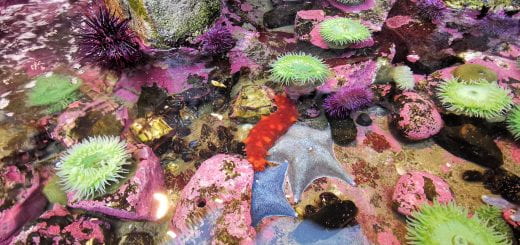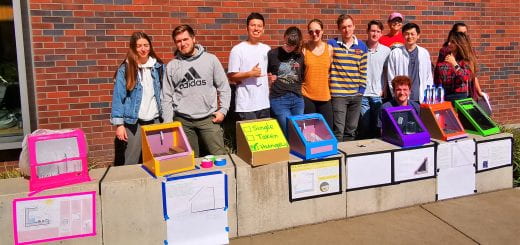Seeing the Heat of the World
The Price Science Commons promotes research and education in a myriad of ways, from providing a makerspace were a person can develop their devices and sensors, or providing math tutors, to providing a suite of tools such as a highspeed camera (Sony RX100), a 360° spherical video camera, (GoPro Max), HAM radios (Kenwood D74), and a UAV-Quadcopter (DJI Phantom IV-Pro). One of our newest tools is long wave infra-red FLIR® camera. This is a device that researchers can use to find points of friction on machinery, areas of poor insulation on a house, the location of hot objects in the dark, and to determine the temperature of objects sitting in our environment. The technology is also used to quickly scan large groups of people to see if there are any that have a significantly different heat profiles.
I am excited about trying to use the FLIR camera to track and count both bats and a threatened bird known as a marbled murrelet. These are pelagic birds by day, hanging out a good distance off the Pacific Northwest Coast and then coming inland to old growth evergreen forests at night. Because of their habit, counting these birds is difficult. Using the FLIR camera may aid in estimating the number of birds that fly along a particular stream corridor while either returning to land or heading out to sea.
Check out this video we made of the hot gasses being emitted by some 4th of July fireworks. The temperature sensor on the FLIR reads temperatures to a fraction of a degree Centigrade:



